Top 10 Ford Cars of All time
As legacies go, Ford Motor Company founder Henry Ford’s is hard to beat. Known for establishing the vehicle assembly line, treating his employees fairly, and most importantly for bringing motor cars to the masses with the dependable and affordable Model T. Ford’s impact on not only the car industry but also the wider world has been immense.
Ford is, without doubt, one of the most significant automobile manufacturers. Established back in 1903 it has given us some of the greatest cars ever built. We have created a list of our top 10 best Ford cars of all time. What is your favourite from our list?
1908 Ford Model T
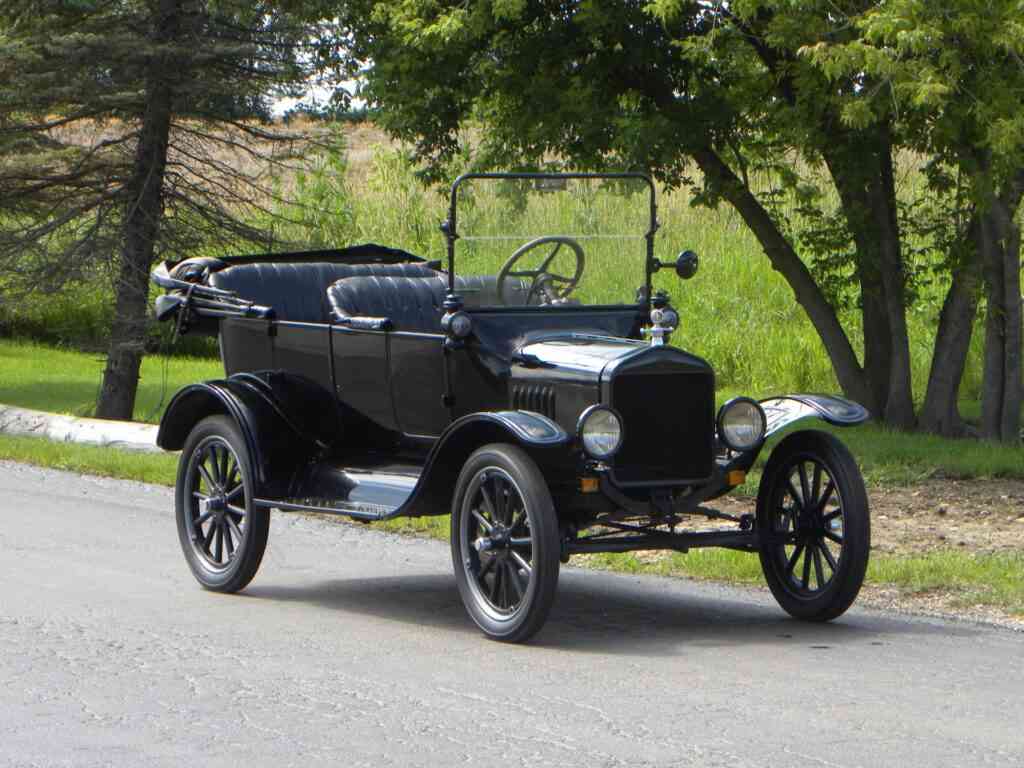
This is the model that started it all, not just for Ford but the entire automotive industry, as the Model T was the world’s first affordable automobile and the world’s first vehicle built on an assembly line. Considered one of the most influential cars of the 20th century, it was produced from 1908 to 1927 and sold in no fewer than 16.5 million units. This figure placed it in the top ten most sold cars of all time, an impressive feature given that it was discontinued almost 100 years ago.
1955 Ford Thunderbird
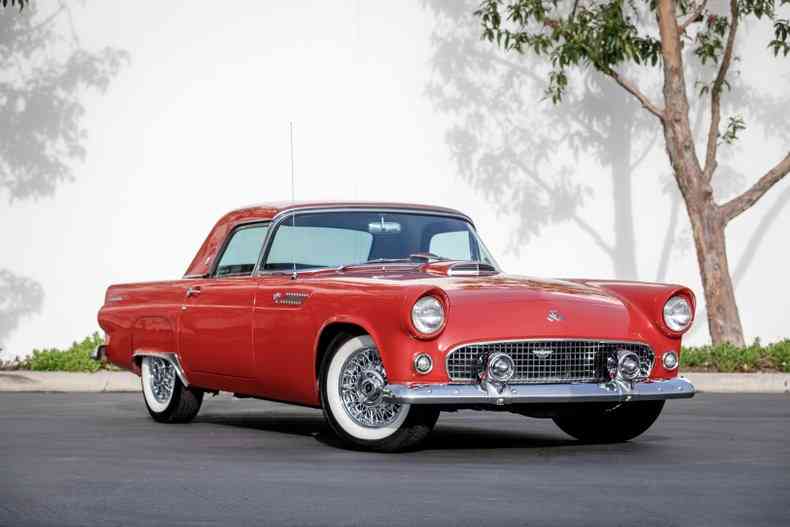
Production of the Thunderbird spanned from 1955 to 1997 over ten generations and then included the 11th-gen model from 2002 to 2005, but it’s the first-generation model that stands out as an iconic Ford.
Launched in 1955 as a two-door, two-seat convertible, the Thunderbird was the company’s first two-seat vehicle since 1938 and Ford Motor Company’s response to the Chevrolet Corvette. Praised for its exterior design and comfortable ride, the Thunderbird eventually created its own niche. While the Corvette and other European sports cars focused on speed rather than comfort, the Thunderbird sacrificed some performance for a luxury-style ride and presence. Ford offered two V-8 engines, including a supercharged option rated at 340 horsepower and 439 pound-feet of torque. In 1957, the original Thunderbird was replaced with a much bigger model that had four seats.
1964 Ford Mustang
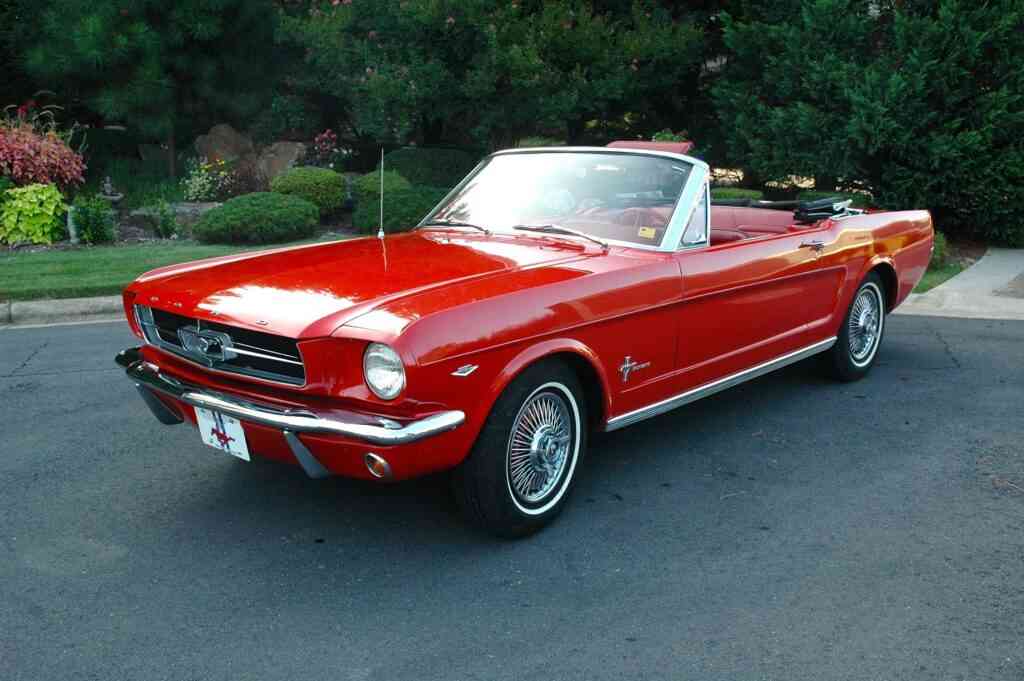
The Mustang requires no introduction, it truly is an icon and of the best Ford cars of all time. The car was introduced in 1964 as an affordable sports car and quickly gained popularity, launching the pony car craze. The first-gen Mustang remained in production from 1964 to 1973 and has evolved dramatically over the past few decades.
The pony car of 1964 turned into a full-fledged muscle car a couple of years later and became increasingly larger toward the early 1970s.
Ford remained loyal to the Mustang’s original design until 1966. Engine choices included inline-six units and a choice of three V-8 mills displacing 4.3 and 4.7 liters. The most powerful version of the latter, the HiPo K-code, delivered 271 horsepower and 312 pound-feet of torque. In the first two years, Ford produced almost 1.3 million Mustang before introducing an update.
1964 Ford GT40
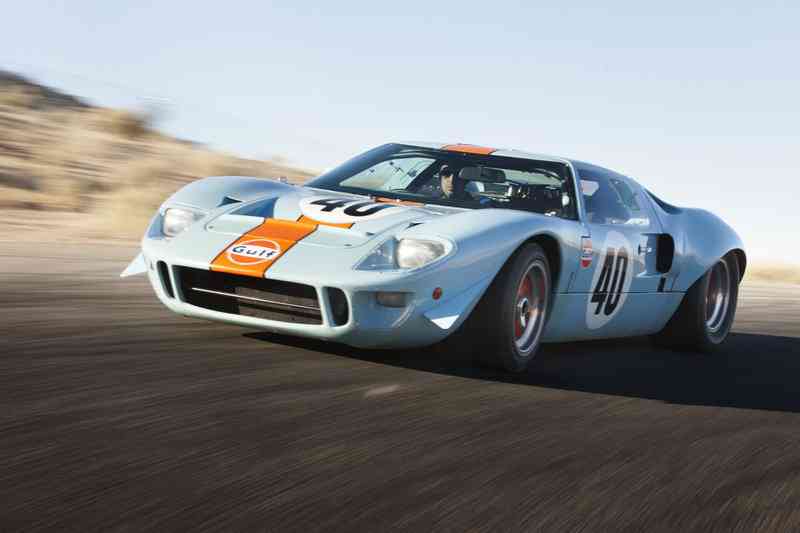
As the Ford Mustang was dominating the automotive market, Fords focus has moved into a racing program that was supposed to end Ferrari’s dominance at Le Mans.
Developed with the help of Carroll Shelby and John Wyer Automotive Engineering, the GT40 was Ford’s first factory race car for the 24 Hours of Le Mans race.
Ford built various versions and used various engines for the GT40. The MKII is arguably the most iconic, as it was the first to defeat Ferrari at Le Mans in 1966. Ford went on to win the race in 1967, 1968, and 1969 as well. While the Mk II and the Mk IV features a 7.0-liter V-8, the Mk I was fitted with a 4.9-liter V-8. These engines developed in excess of 400 horsepower. Ford also built a road-legal version, called the Mk III, in only seven units. The GT40 design was revived in 2005 and 2017 through the Ford GT.
2004 Ford GT
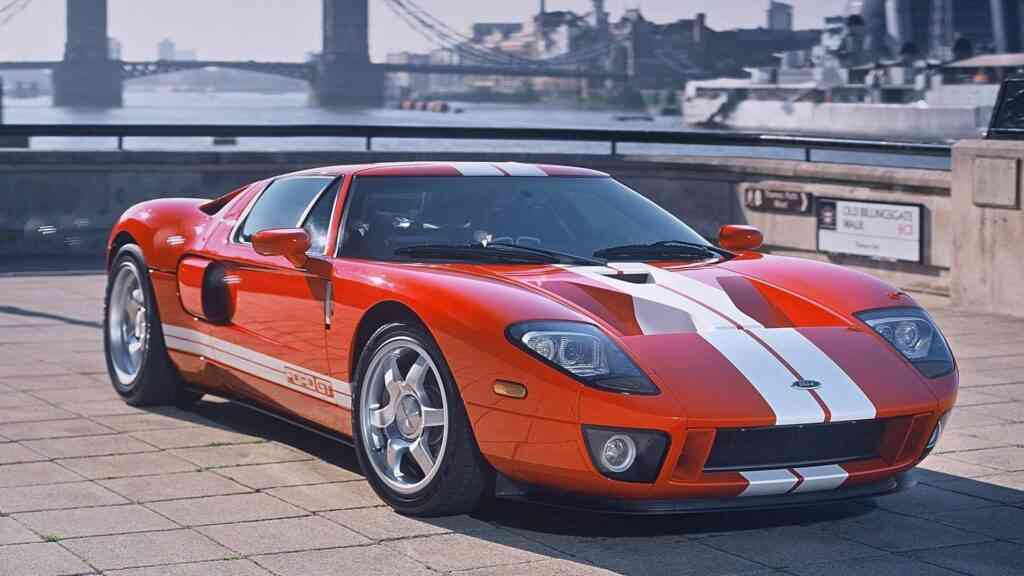
Reviving the GT40 as a production supercar was a brave move by Ford, but the company managed to pull it off with style. Closely resembling the original racer and featuring a mid-engined, rear-drive layout, the revised car was, crucially, three inches taller than the car it evoked, hence the absence of “40” from its name. It was also longer and wider, and under the skin the two generations were very different. But it was fast. The 5.4-litre supercharged V8 allowed a 0-60mph sprint in 3.2sec and a top speed five miles per hour above the hallowed 200mph threshold. It was too wide for UK roads, though, and its pitiful fuel consumption and small tank meant regular refuelling was required. But most enthusiasts didn’t care about such quibbles; the GT was a fiercely good supercar.
1931 Lincoln K Series
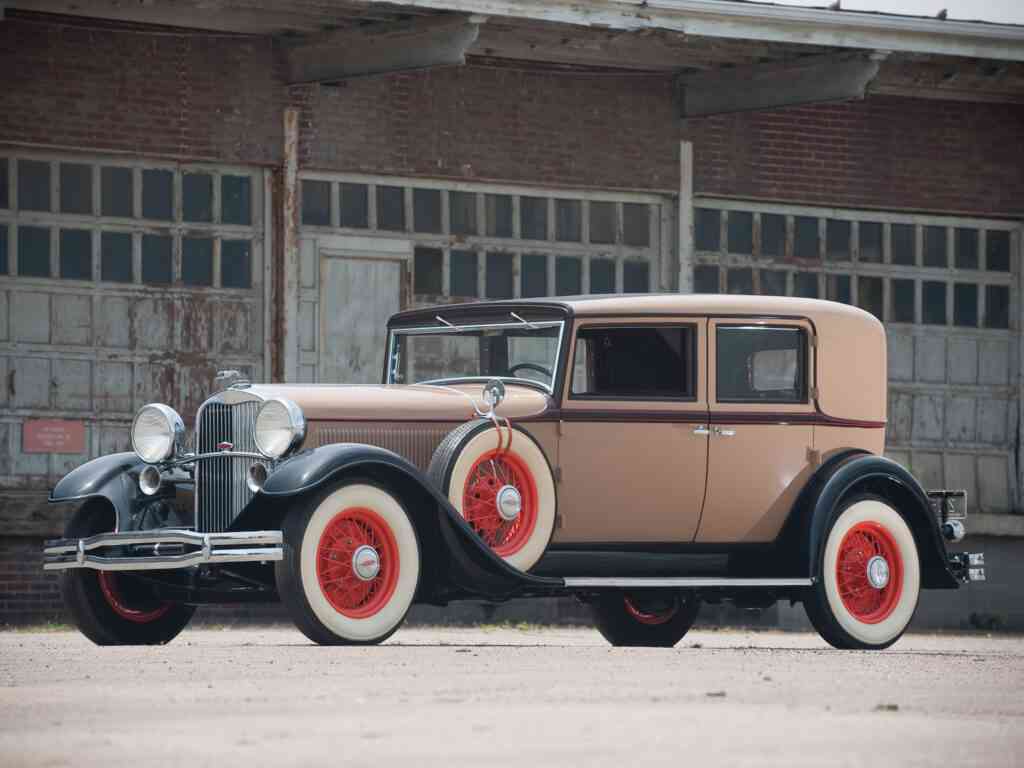
Introduced as a replacement for the L Series in 1931, the Lincoln K Series was the most highly acclaimed luxury vehicle in 1930. That’s a big feat given that the 1930s saw companies like Cadillac, Packard, LeBaron, Pierce Arrow, Duesenberg, and Auburn launch some of the most beautiful cars ever built.
The K Series was offered in a variety of body styles and went through many changes in its ten years on the market. Lincoln made updates constantly from 1931 to 1936 and settled for a more stable layout from 1937 to 1940. The K Series was discontinued following declining sales due to the introduction of the more modern Zephyr and Continental. The engine lineup included V-8 and V-12 mills displacing 6.3 to 7.3 liters. The most powerful unit delivered 150 horsepower and 180 pound-feet of torque.
1964 Ford Fairlane Thunderbolt
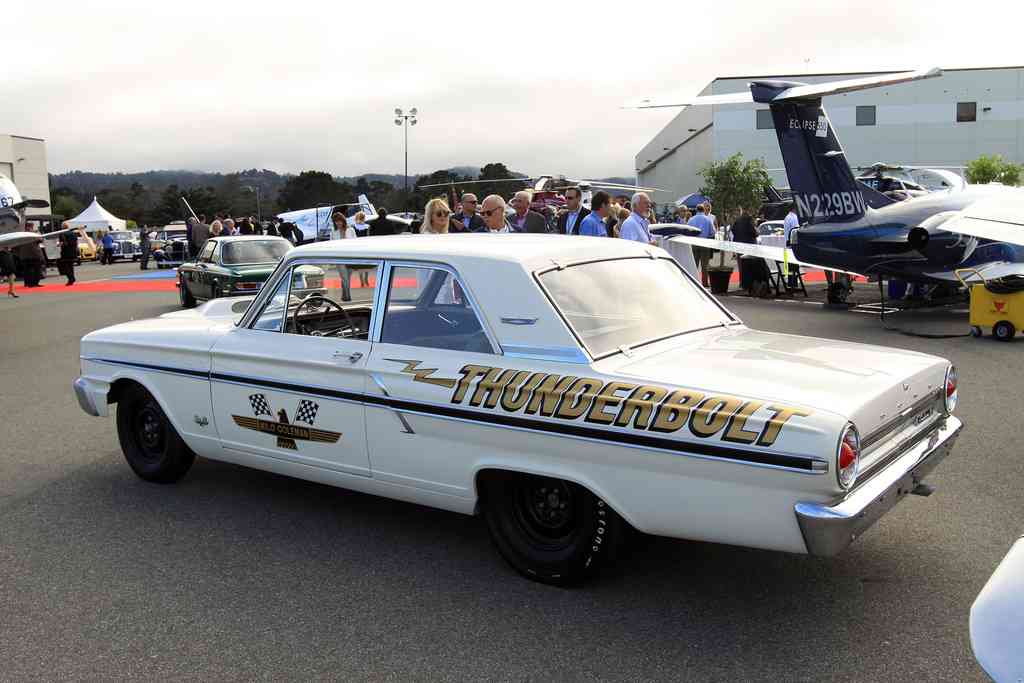
The GT40 wasn’t the only extreme vehicle that Ford was working on for 1964. In the U.S., the automaker was gearing up for the NHRA Super Stock championship with a drag racer based on the Fairlane. Although built in Ford’s factory, the Thunderbolt was a rather experimental car. One of the best Ford cars ever!
Fitted with the massive 7.0-liter V-8 in the Galaxie, the Thunderbolt was lighter than any other production Ford of its size thanks to its fiberglass body elements, plexiglass windows, and the elimination of street items like sun visors, radio, heater, wheel covers, armrests, mirrors, and sound-deadening materials. Its V-8 engine was rated at 425 horsepower and 480 pound-feet of torque, but this was a conservative figure. Estimates from then claim that the Thunderbolt’s true output was closer to 600 horsepower. The Thunderbolt won the NHRA Super Stock championship for Ford in 1964 and became one of its most iconic race cars.
1932 Ford V-8
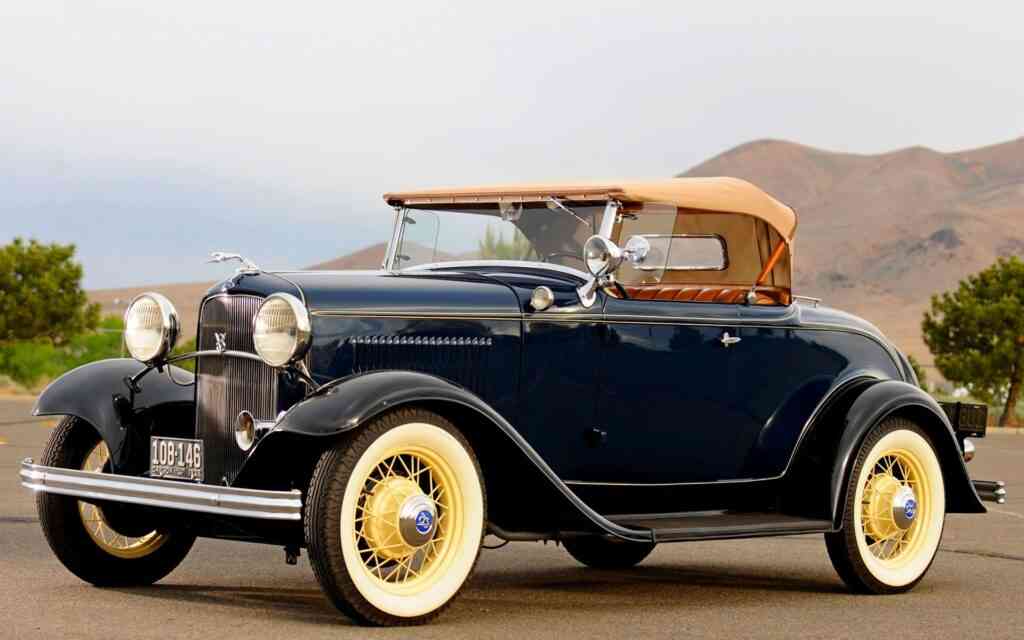
The Ford V-8 is part of the Model B series. The latter was produced from 1932 to 1934 and replaced the Model A, which in turn replaced the Model T in 1927.
The Model B has a more streamlined body and a better four-cylinder engine compared to its predecessors, but it’s the 3.6-liter “Flathead” V-8 mill that sent it into the history books. The car become even more appealing in 1933 when Ford introduced a slightly slanted front radiator and a more streamlined roof. These versions, especially the Deuce coupe, became extremely popular with hot-rodders during World War II.
1961 Lincoln Continental
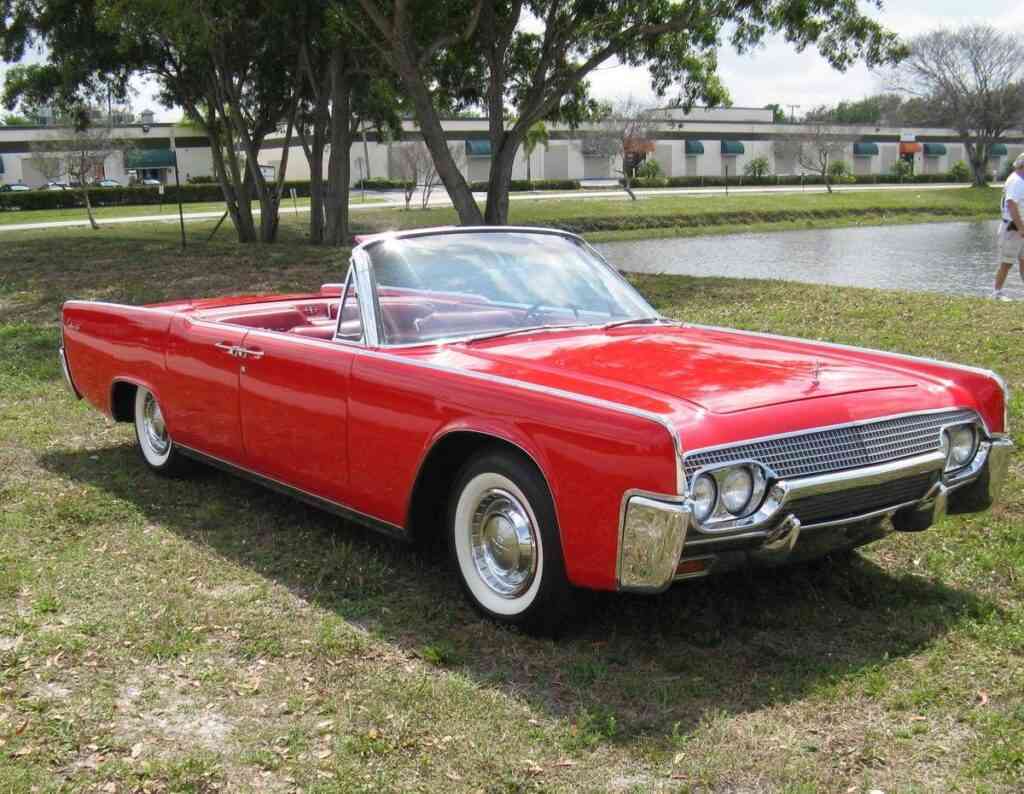
One of the longest-standing American nameplates, the Lincoln Continental made its debut back in 1940. While the first three generations were successful, it’s the four-gen model that brought the Continental name in the spotlight it deserves.
Available only as a four-door at first, the fourth-gen Continental was notably shorter than its predecessor, but it was praised for its solid construction and high-quality materials. The rigorous post-build inspection of each vehicle turned it into one of the finest production cars in the U.S. and a viable rival for the popular Cadillacs of the era. And it looked good too, as the simpler, clean styling gave it a unique look among other luxury vehicles. Engine choices included 7.0-, 7.5-, and 7.6-liter V-8 engines. The 1961 Continental became the first car built in the U.S. to come with a two-year, bumper-to-bumper warranty. It was also the first four-door convertible from a major U.S. automaker since the end of WWII in 1945.
1962 Ford Cortina
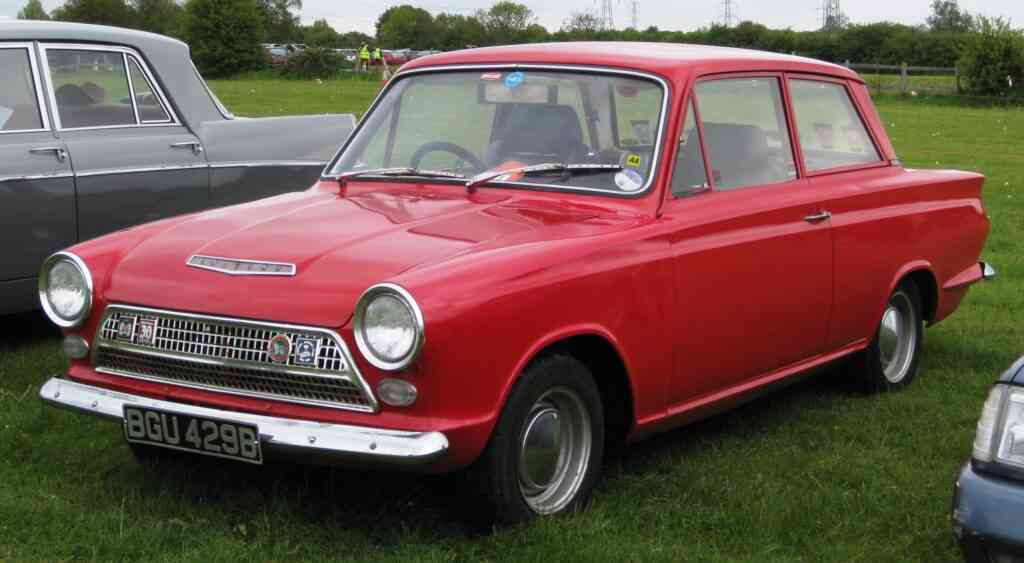
Ford launched a number of cool cars in Europe as well. The Cortina is one of them.
Introduced in 1962 as a replacement for the Consul, the Cortina survived until 1982 and over five generations.
But it’s the first-gen model, also known as the Mark I, that stands out. Designed by the same man that penned the Edsel, a car that failed in the United States, the Cortina came into the spotlight as an economical, cheap-to-run family sedan. Offered as a two- or four-door sedan and a five-door estate it became a popular choice with British buyers. Its lightweight, rear-wheel-drive layout, and powerful range-topping engine gave it a surprisingly sporty character. The 1.5-liter four-cylinder engine in the Cortina GT generated 78 horsepower. Toward the end of the first-gen’s life-cycle, Ford launched a Lotus-modified version with a more powerful engine and a unique livery.




